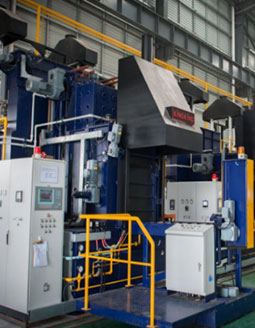
The cross universal joint shaft is used in the shaft connection of power machinery because of its good damping function. Its structure is composed of circumferentially arranged elastic elements that connect the master and slave hubs of the two halves of the coupling. The spiral of the elastic element fixes the coupling through a metal splint, so that the elastic body is free in the space between the master and slave hubs of the coupling. Deform, and freely deform through the axial, radial and axial inclination of the elastic body of the coupling to offset the elastic displacement.
This can not only report power and torque, but also compensate for radial, axial and angular alignment errors, reduce oscillations and adjust the natural frequency of the system. The cross cardan shaft is composed of rubber parts that bear torsion, and the elastic elements are arranged in a single row, roughly in multiple rows. Each elastic body is divided into several stiffness standards for reference. When all parts of the drive shaft system are equipped with reasonable solutions, such as diesel engines, flexible couplings, gear boxes, other parts of the shaft system, propellers, etc.
When bearing continuous bearing torque, the rubber element of the cross universal joint shaft will heat up and break; when the elastic damper of the main engine moves down, it will directly cause the shafting to be misaligned, which will generate additional torque. It often happens on board. There are many reasons for the coupling to break. When selecting, operating and arranging, strictly follow the standards to avoid shortening the service life of the coupling and avoid the loss caused by fracture.